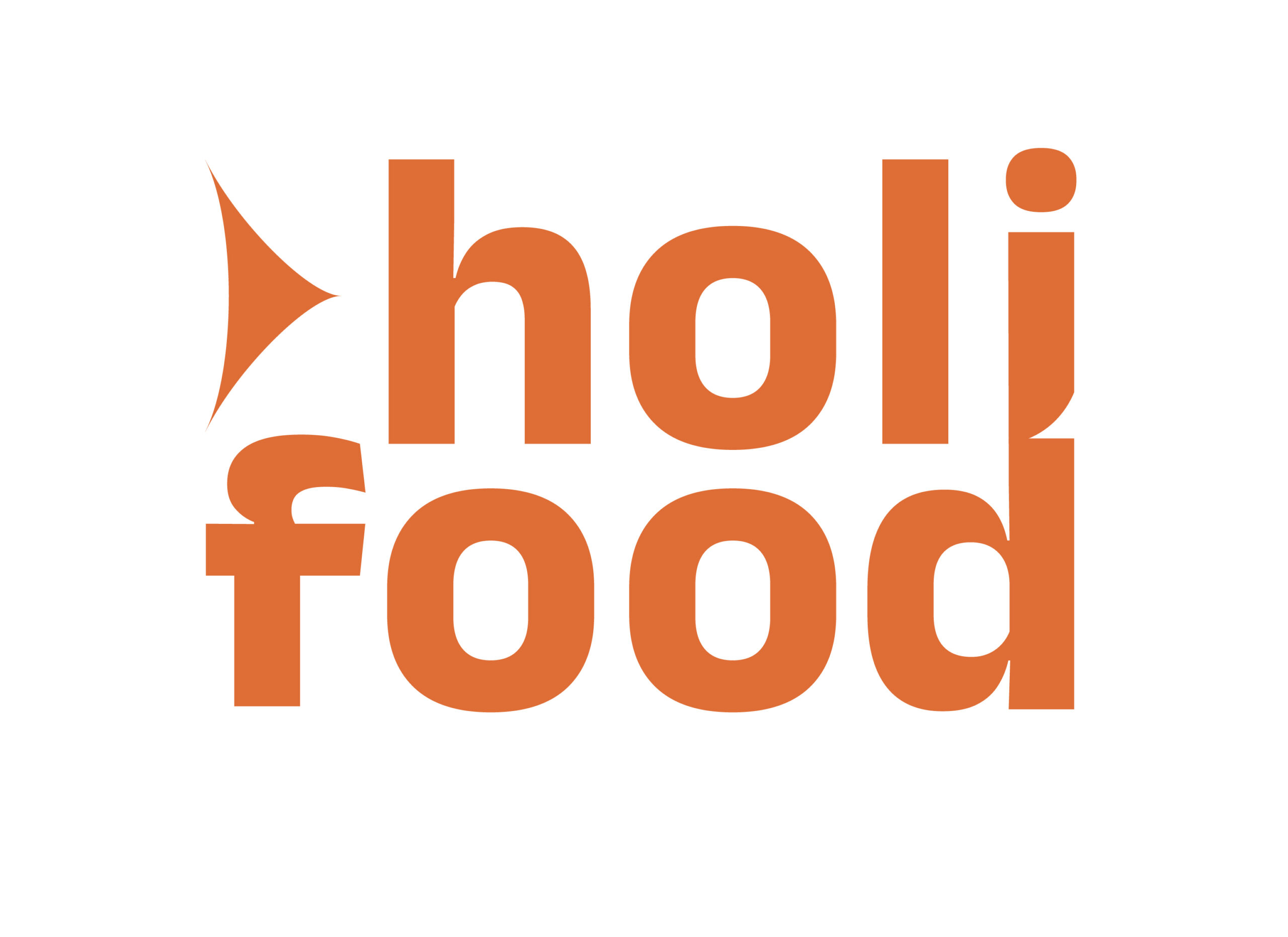
Biofilm Dynamics and AI Innovations: Advancing Food Safety in the Modern Era
Bacterial biofilms represent complex microbial communities that adhere to surfaces and contribute significantly to various industrial processes, including food production. The dynamic nature of biofilms and their resistance to environmental stresses present challenges for ensuring food safety.
Understanding the dynamics of biofilm formation and the inherent resilience of biofilm cells is crucial for enhancing food safety measures. Moreover, the integration of artificial intelligence (AI) technologies offers innovative solutions to detect and mitigate foodborne pathogens.
Biofilm Formation and Resilience:
Biofilms enable bacteria to thrive in multicellular communities, exhibiting enhanced resilience compared to planktonic cells. The self-produced matrix of biofilms provides protection against desiccation, antimicrobial agents, and other environmental stresses, making them formidable challenges in food processing environments. Biofilms can rapidly develop in food industry settings, progressing through several stages from surface conditioning to the formation of a complex, three-dimensional structure.
This process involves initial reversible cell binding followed by irreversible attachment and microcolony formation. Eventually, a mature biofilm ecosystem forms, posing challenges for dispersal. Of significant concern to the food industry is the ability of certain biofilm-forming species to include human pathogens, which can adhere to various artificial substrates commonly found in food processing environments, such as stainless steel and polyethylene. Certain biofilm-forming species, including human pathogens, colonize various surfaces, leading to health and economic risks, such as pathogenicity and altered organoleptic properties.
Anticipatory Genetic Regulation in Pathogens
Pathogenic bacteria, such as Salmonella spp., employ anticipatory genetic regulation to adapt to changing environmental conditions and ensure survival outside host environments. The expression of virulence factors and biofilm formation are intricately regulated in response to stressors encountered during food processing and storage. When exposed to adverse conditions, such as fluctuations in temperature, pH, or nutrient availability, Salmonella spp. and other pathogenic bacteria activate specific genetic pathways to modulate the expression of virulence factors. These factors are crucial for the bacteria's ability to colonize host tissues, evade the host immune system, and cause disease.
By tightly regulating the expression of virulent factors, pathogens like Salmonella spp. can optimize their chances of survival and transmission in food processing environments. Additionally, biofilm formation plays a significant role in the persistence and transmission of pathogenic bacteria in food processing facilities. Biofilms provide a protective environment where bacteria can adhere to surfaces and form structured communities embedded in a matrix of extracellular polymeric substances. Within biofilms, bacteria are more resistant to antimicrobial agents and environmental stresses, making them difficult to eradicate.
AI Applications in Food Safety:
The integration of AI technologies offers promising solutions for enhancing food safety throughout the production chain. Machine learning algorithms can analyze vast datasets to identify patterns indicative of food contamination or spoilage, enabling early detection and intervention. AI-powered sensors and monitoring systems facilitate real-time surveillance of food processing environments, reducing the risk of microbial contamination, and ensuring product quality.
Furthermore, alongside biofilm resilience and AI integration, the incorporation of laboratory data, facilitated through Laboratory Information Management Systems (LIMS), into a platform tailored to address the specific needs and challenges of each food company, holds vast potential for advancing food safety efforts. This approach allows for a comprehensive overview of lab results, providing insights into contamination sources and biofilm dynamics and formations. Through the process of ETL (extract, transform, load), it becomes feasible to harmonize and unify data from different sources enabling data-driven decisions for food safety experts. By leveraging these technological advancements and collaborative efforts, we can strive towards a future where foodborne illnesses are minimized, and the integrity of our food supply is safeguarded.
In conclusion, biofilm dynamics and AI technologies represent two interconnected fronts in the ongoing battle to ensure food safety and security. By elucidating the mechanisms of biofilm formation and resilience, we can develop targeted strategies to mitigate their impact on food processing operations.
Furthermore, the integration of AI offers unprecedented opportunities to enhance surveillance, detection, and intervention efforts throughout the food production chain. Collaborative research efforts combining expertise in microbiology, biotechnology, and computer science are essential for advancing our understanding of biofilm dynamics and harnessing AI for transformative innovations in food safety.
Want to receive helpful food safety intelligence in your inbox?
 Funding for this research has been provided by the European Union’s Horizon Europe research and innovation programme HOLiFOOD (Grant Agreement Number 101059813). Funded by the European Union. Views and opinions expressed are, however, those of the author(s) only and do not necessarily reflect those of the European Union or European Research Executive Agency. Neither the European Union nor the granting authority can be held responsible for them.
Funding for this research has been provided by the European Union’s Horizon Europe research and innovation programme HOLiFOOD (Grant Agreement Number 101059813). Funded by the European Union. Views and opinions expressed are, however, those of the author(s) only and do not necessarily reflect those of the European Union or European Research Executive Agency. Neither the European Union nor the granting authority can be held responsible for them.








